Gallery 6
Concentration, Movement and Gesture
‘In about the middle of 1947, a suggestion was made to me that I might watch an operation in a hospital. I expected that I should dislike it; but from the moment when I entered the operating theatre I became completely absorbed by two things: first, the extraordinary beauty of purpose and coordination between human beings all dedicated to the saving of life, and the way that unity of idea and purpose dictated a perfection of concentration, movement, and gesture, and secondly by the way this special grace (grace of mind and body) induced a spontaneous space composition, an articulated and animated kind of abstract sculpture very close to what I had been seeking in my own work.’ Barbara Hepworth
Hepworth’s ‘hospital drawings’ marked a return to figurative art following the pure geometric abstraction of her pre-war work. She saw these different approaches – figurative and abstract – as being essentially connected, and wrote to critic Herbert Read, ‘Working realistically replenishes one’s love for life, humanity & the earth. Working abstractly seems to release one’s personality & sharpen the perceptions… I don’t feel any difference of intention or of mood when I paint (or carve) realistically or when I make abstract carvings. The two ways of working flow into each without effort. It all feels the same – the same happiness & pain, the same joy in a line, a form, a colour – the same feeling of being lost in pursuit of something.’
In 1953 Hepworth gave an illustrated lecture to a group of surgeons in which she gave thoughts on specific ‘hospital drawings’. She concluded, ‘The privilege of watching surgery meant not only a period of very important study – but it was also an inspiration in complete harmony with what I feel to be the constructive approach to Art as a whole.’
Take a tour of Barbara Hepworth: Art & Life with Google Arts & Culture
Figures in Unity
‘For two years I drew, not only in the operating theatres of hospitals, but from groups in my studio and groups observed around me. I studied all the changes and defects which occurred in the composition of human figures when there were faulty surroundings or muddled purpose… I began to consider a group of separate figures as a single sculptural entity, and I started working on the idea of two or more figures as a unity, blended into one carved and rhythmic form.’ Barbara Hepworth
In the late 1940s and early 1950s, Hepworth’s work explored the relationship of two figures in varying degrees of contact and harmony across painting and sculpture. This occurred as her own relationship with Ben Nicholson deteriorated and her work expanded into the public realm, reaching new audiences. In 1950 she represented Britain in the Venice Biennale, having previously felt she was overlooked by the selection committee for, as she lamented at the time, ‘1) Being a woman, 2) Being abstract, 3) Being young and 4) Being a wife and mother etc. etc.’ While in Venice she was struck by the way people responded to the proportions of the city’s architectural spaces: ‘They walked differently, discovering their innate dignity. They grouped themselves in unconscious recognition of their importance in relation to each other as human beings’.
These observations fuelled Hepworth’s enthusiasm for the cooperation between artists and architects as society was rebuilt following the war. In 1951 she received her first architectural commission, Vertical Forms, and was commissioned to make two new public sculptures for the Festival of Britain, celebrating Britain’s post-war achievements in technology, industrial design, architecture and the arts.
Take a tour of Barbara Hepworth: Art & Life with Google Arts & Culture
Rhythms of the Stones
Writing in the final section of her 1952 monograph, Hepworth outlined ‘everything that goes to make up my usual working day. These things are immensely important to me… My home and my children; listening to music, and thinking about its relation to the life of forms, the need for dancing as recreation, and where dancing links with the actual physical rhythm of carving; the intense pleasure derived from tools and craftsmanship – all these things are daily expressions of the whole.’
Hepworth had drawn parallels between abstract art and music in the early 1930s, and in the late 1940s she began titling her works after musical elements. The first of these, Rhythmic Form (1949), was made the year that Hepworth met composer Priaulx Rainier, who gave her a copy of composer Igor Stravinsky’s book, The Poetics of Music. Hepworth wrote enthusiastically: ‘Stravinsky’s chapter on composition corresponds so exactly to the creation of form that a mere half a dozen words only would need to be changed to make it a statement on sculpture.’ Barbara Hepworth
In the summer of 1950, Hepworth invited Rainier to stay in her new studio in St Ives and wrote to Margaret Gardiner, ‘She has been composing in a corner of Trewyn garden – somewhat disturbed perhaps by the odd rhythms of hammers.’ Rainier composed Rhythms of the Stones in 1950, fragments notating the sound of Hepworth and her assistants carving the two monumental figures of Contrapuntal Forms and reflecting Hepworth’s feeling that ‘the sound of a mallet or hammer is music to my ears, when either is used rhythmically’.
Take a tour of Barbara Hepworth: Art & Life with Google Arts & Culture
Shop
Barbara Hepworth: Art & Life by Eleanor Clayton. Buy online













